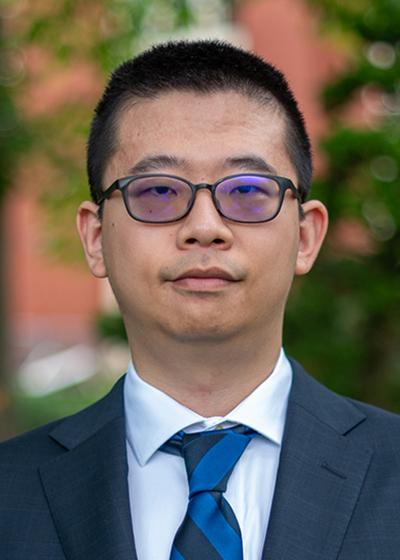- EMS Degrees:
- Hometown: Jiangsu, China
- Fun Fact About Me: I love travelling around the world and my next interested destination is Japan.
More About Me
What is your dream job?
I aim to work in the oil industry after graduation. The well-developed Ph.D. program, consisting of qualifying exam, comprehensive exam, and dissertation, makes sure that every graduate student lives up to current industrial standards.
What’s the best part about being an EME student?
As a Ph.D. student with the PNGE option in EME, I have many great opportunities to talk to, work with, and, more importantly, learn from students from other disciplines.
What opportunities has Penn State provided for you so far?
Apart from supporting my EMI conference attendance, EME provided me with the sponsored Shell Co. opportunity to visit their offices and research facilities in Houston, Texas, and to engage in a research showcase during spring break, 2023.
Research
My research is to develop the analytical solutions to subsurface poromechanics involving incremental form of plasticity, which could be applied to the subsurface and wellbore problems of energy and storage, as well as rock and biological tissue characterization. My research work may be used to study caprock stress evolution upon subsurface fluid injection or withdrawal (e.g., in geothermal, fossil fuel, or CO2 geo-sequestration applications) as well as wellbore stability problems.
Methods
My research approach is fully analytical, which means the solutions are developed based on the fundamental mechanics and physics of porous medium. However, the outcome of my research can further serve as a rigorous benchmarking tool for related numerical solvers.
Advice
What’s the most important lesson you’ve learned in college so far?
Ph.D. coursework and research not only help me build the skills and resilience to tackle complex problems but also help me better understand my strengths and limitations.
What’s the number one reason to choose EME to pursue research?
The collaboration between research groups inside the EME department is highly appreciated, and the wide range of disciplines provides more options for graduate students.


